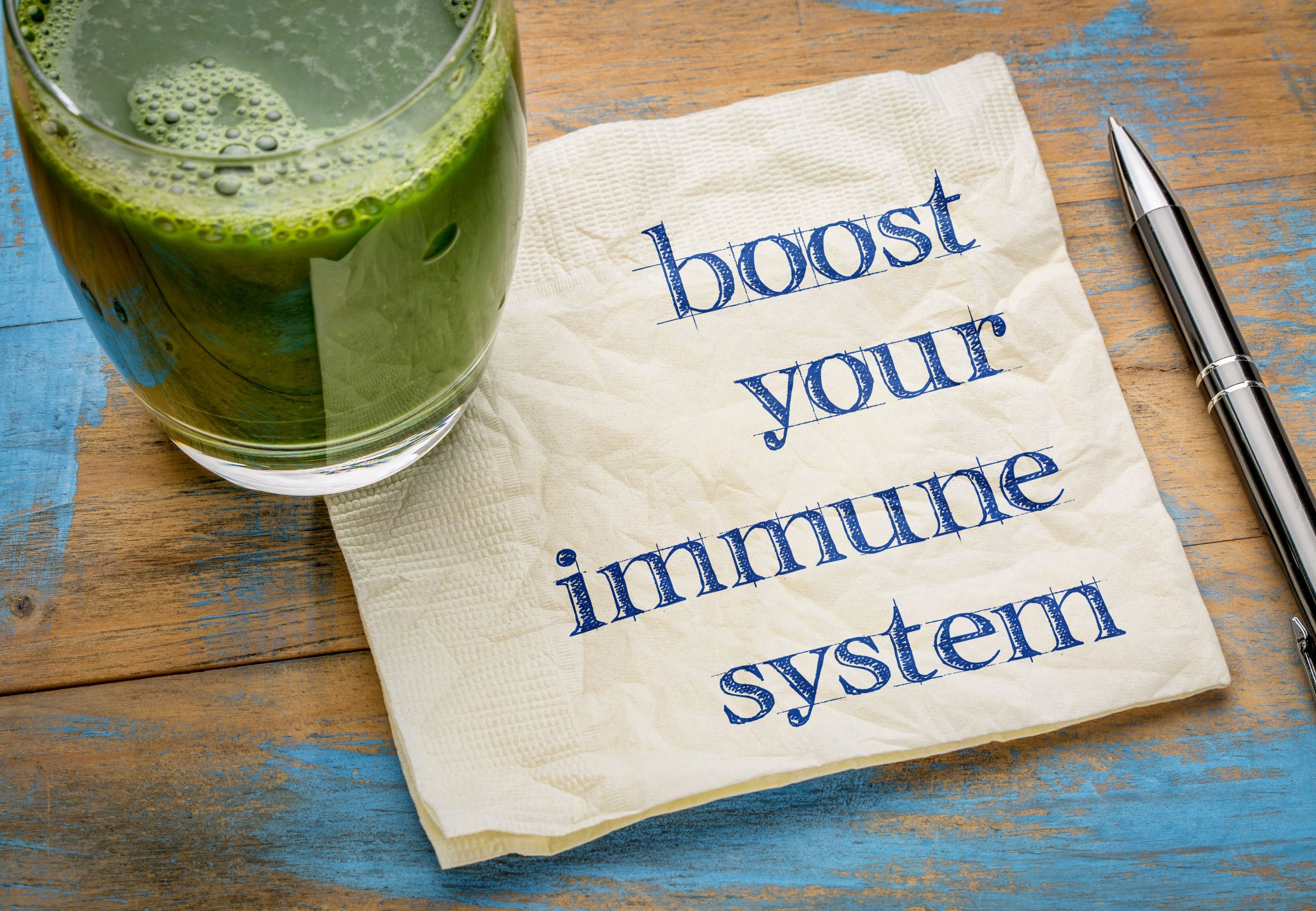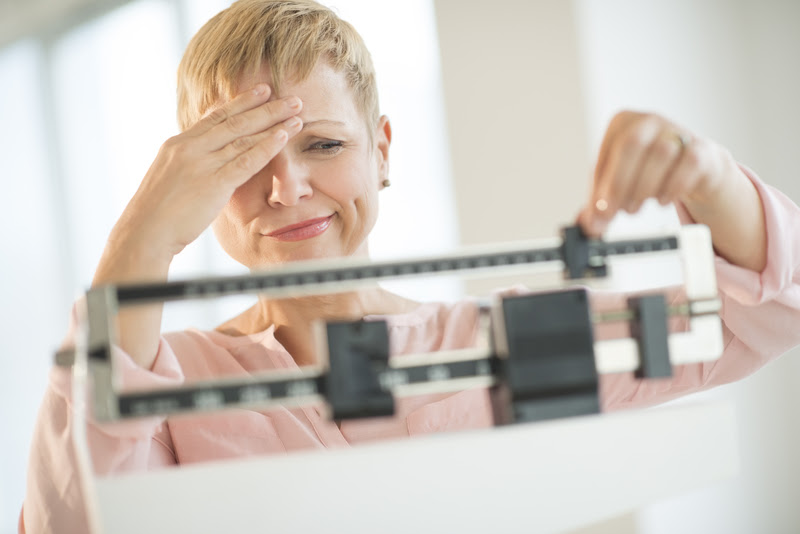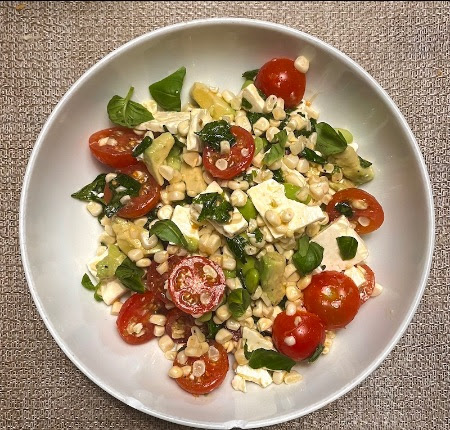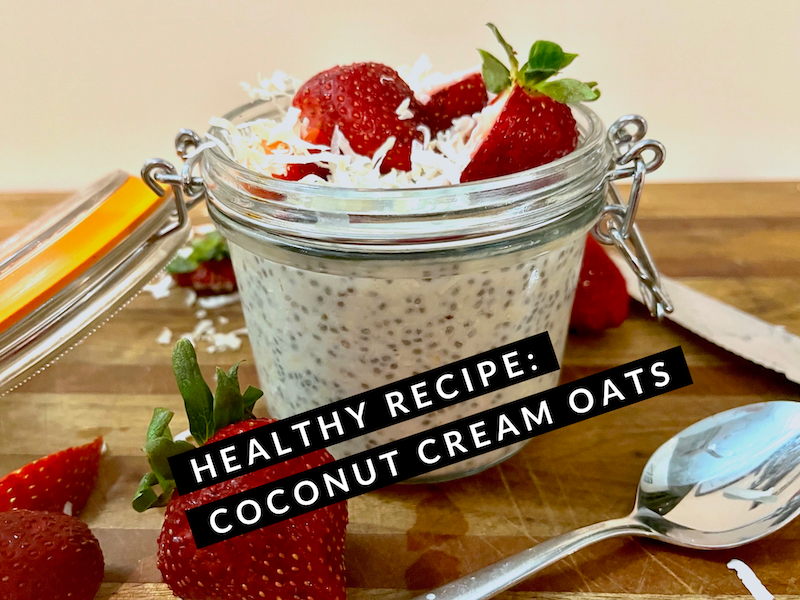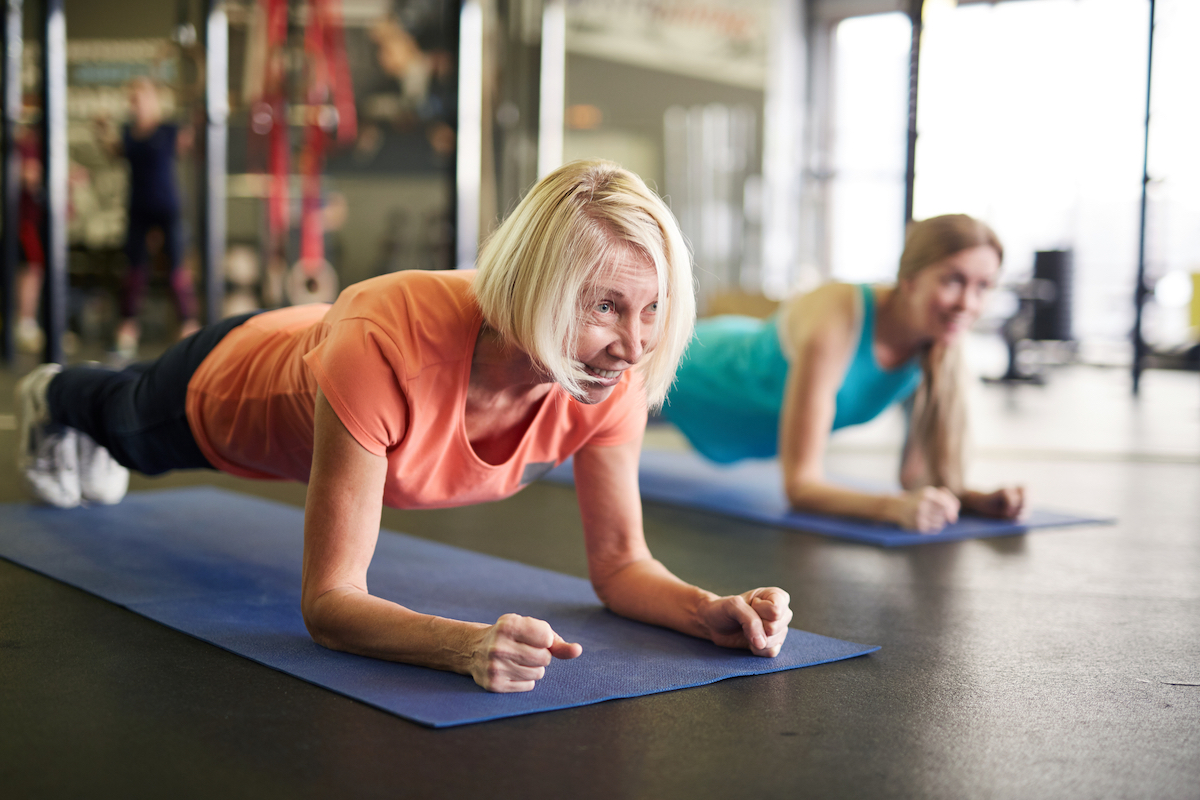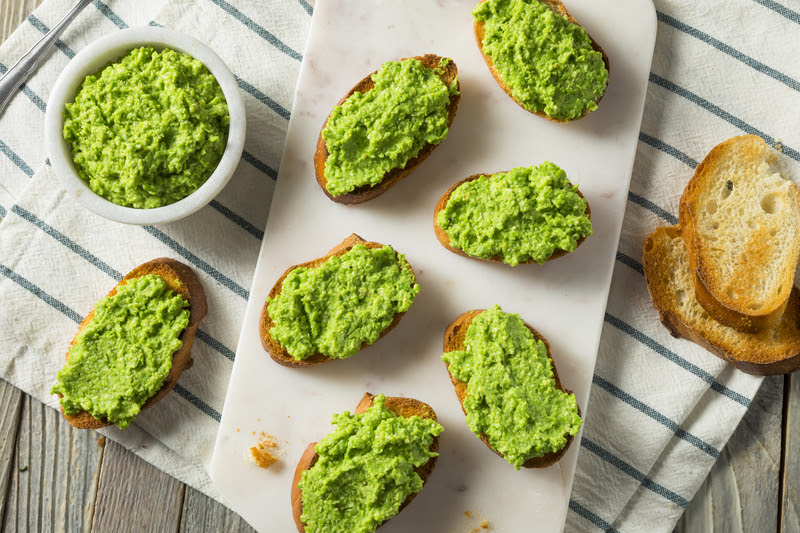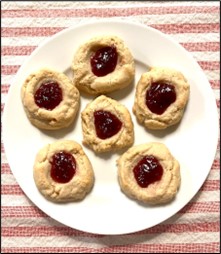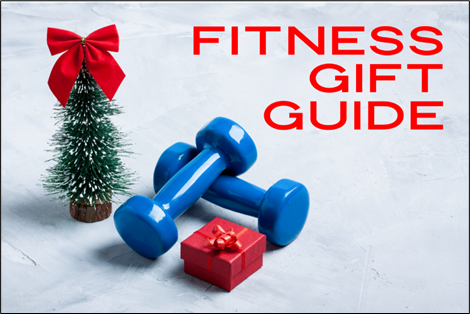A Strong Immune System…The Best Health Insurance Policy!
The immune system is a marvel of human biology, functioning as a complex network of organs, white blood cells, proteins, and chemicals. It protects the body against foreign invaders such as bacteria, viruses, fungi, and parasites. Life Extension scientists Durk Pearson & Sandy Shaw® have studied the current literature to determine how best to support … Read more

